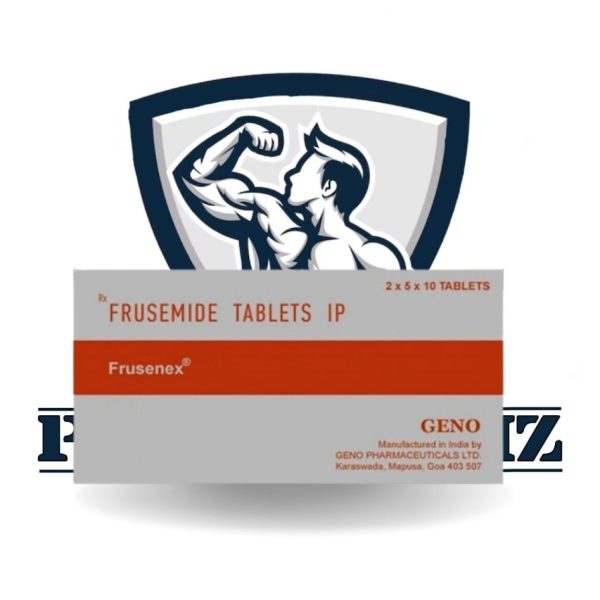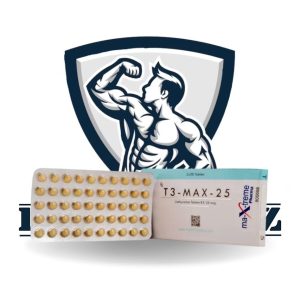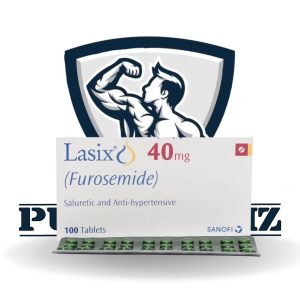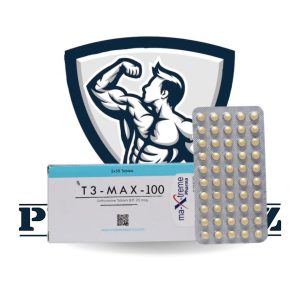BRAND: Geno
SUBSTANCE: Furosemide (Lasix)
PACK: 40mg (10 pills)
Furosemide is a drug from the group of loop diuretics. Furosemide blocks the reabsorption of sodium and chlorine ions in the proximal and distal regions of the renal tubules, as well as the thick segment of the ascending part of the Gentle loop. Furosemide has a pronounced diuretic, natriuretic and chlororetic effect. As a result of the increase in the release of sodium ions, a secondary enhanced elimination of water occurs and an increase in the secretion of potassium ions in the distal part of the renal tubule, and the excretion of calcium and magnesium ions also increases. The drug has an antihypertensive effect due to an increase in the excretion of sodium chloride and a decrease in the response of the smooth muscles of the vessels to vasoconstrictor effects, as well as a decrease in the volume of circulating blood.
Mode of application
Assign inside, intramuscularly or intravenously. Inside take usually 40 mg once a day (in the morning). If necessary, the daily dose can be increased to 80-160 mg; In this case the drug is taken 1-2 times per day. Day with an interval of 6 hours. In severe renal failure, the dose can be increased up to 240-320 mg / day. After reducing swelling, the dose is gradually reduced to a minimum effective dose, and the intervals between doses are increased to 1-2 days. In hypertensive disease, furosemide is prescribed 20-40 mg once a day, when combined with heart failure. The dose can be increased to 80 mg.
If it is impossible or inexpedient to prescribe furosemide inside the drug is administered intramuscularly or intravenously (slowly struino) 20-60 mg 1-2 times a day, if necessary, the dose can be increased to 120 mg. The drug is administered for 7-10 days or more. Then they switch to taking the drug inside.
Side effects
Possible nausea, diarrhea, redness (redness) of the skin, itching, hypotension (lowering blood pressure), reversible hearing impairment, interstitial nephritis (inflammation of the kidney with a predominant lesion of connective tissue). Due to increased diuresis (urination), dizziness, depression (depression state), muscle weakness, thirst. Perhaps the development of hypokalemia (lowering the level of potassium in the blood), hyperuricemia (increased uric acid levels in the blood), uricosuria (increased uric acid excretion), hyperglycemia (increased blood glucose).
If there are side effects, reduce the dose or stop using the drug.







